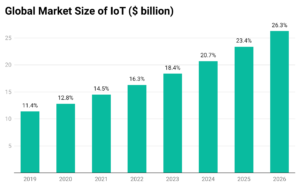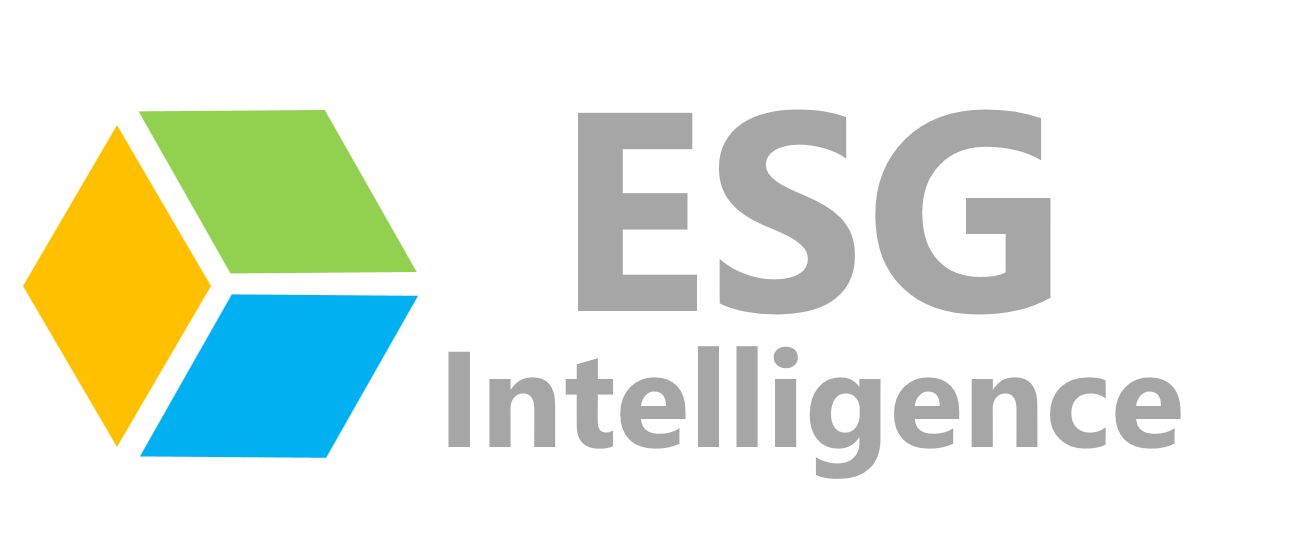
In recent years, the world has witnessed an increasing demand for food due to population growth and changing dietary patterns. Simultaneously, there is growing concern about the environmental impact of traditional farming practices. In this context, the convergence of the Internet of Things (IoT) and Precision Agriculture has paved the way for a sustainable agricultural revolution. This essay explores the role of technology in enabling sustainable agriculture, the growing adoption of IoT in the agricultural sector, and provides statistical data and credible sources to support the points made.
I. The Role of Technology in Sustainable Agriculture
IoT in Agriculture
The Internet of Things (IoT) refers to a network of interconnected devices that collect, exchange, and analyze data to make informed decisions. In the context of agriculture, IoT technology plays a pivotal role in achieving sustainability by improving resource efficiency and reducing environmental impact.
Precision Agriculture
Precision Agriculture utilizes IoT-enabled technologies such as sensors, drones, and satellite imagery to monitor and manage agricultural processes with precision and accuracy. By providing real-time data on soil moisture, nutrient levels, and crop health, precision agriculture enables farmers to optimize the use of resources, minimize waste, and increase productivity.
Water Conservation
IoT-based irrigation systems equipped with soil moisture sensors and weather data analysis help farmers optimize water usage by delivering precise amounts of water to crops. According to a study by the Food and Agriculture Organization (FAO), implementing precision irrigation can lead to water savings of up to 30% while improving crop yields (FAO, 2018).
Pest and Disease Management
IoT technologies enable early detection and monitoring of pests and diseases through the deployment of smart traps, automated pest detection systems, and remote monitoring devices. By accurately identifying threats, farmers can target interventions, reduce chemical usage, and minimize the risk of crop loss. This approach can lead to substantial reductions in pesticide application, as demonstrated by a study conducted by the University of Florida, which reported a 60% decrease in pesticide usage through the implementation of precision agriculture techniques (Cockrell, 2019).
II. Growing Adoption of IoT in Agriculture
Adoption Statistics
According to a report by MarketsandMarkets, the global market size of IoT in agriculture is expected to grow from USD 11.4 billion in 2019 to USD 26.3 billion by 2026 at a compound annual growth rate (CAGR) of 12.7%.

Connectivity and Data Analytics
Advancements in connectivity infrastructure and the availability of affordable IoT devices have facilitated the adoption of IoT in agriculture. Moreover, the integration of data analytics and machine learning algorithms has enhanced the value derived from IoT-generated data, enabling farmers to make data-driven decisions for better resource management and improved yields.
Farmer Empowerment
IoT-based agricultural solutions empower farmers by providing them with actionable insights and decision support systems. For instance, smart farming platforms allow farmers to remotely monitor crop conditions, receive alerts about optimal planting and harvesting times, and access personalized recommendations for fertilization and irrigation. This accessibility and guidance enable farmers to optimize their operations and increase profitability.
III. Case Studies and Success Stories
The Climate Corporation
The Climate Corporation, a subsidiary of Bayer, utilizes IoT and data analytics to provide digital farming solutions. Their platform, Climate FieldView, collects data from sensors, satellites, and weather stations, allowing farmers to make informed decisions regarding seed selection, irrigation, and fertilization. By analyzing this data, farmers have achieved yield gains of up to 10 bushels per acre while optimizing their input usage (The Climate Corporation, n.d.).
The Netherlands and Smart Greenhouse Farming
The Netherlands is renowned for its adoption of precision agriculture practices. Through the use of IoT-enabled technologies, such as climate sensors, smart irrigation systems, and automated control systems, Dutch greenhouse farmers have achieved significant energy savings, reduced water usage by up to 90%, and increased crop yields (World Economic Forum, 2019).
The convergence of IoT and Precision Agriculture is revolutionizing the agricultural sector, enabling a transition towards sustainable and resource-efficient practices. By leveraging IoT technologies, farmers can optimize resource utilization, conserve water, reduce chemical inputs, and enhance productivity. The growing adoption of IoT in agriculture, supported by advancements in connectivity and data analytics, reflects the industry’s recognition of the potential benefits and positive impact on sustainability. With success stories from companies like The Climate Corporation and countries like the Netherlands, it is evident that IoT and Precision Agriculture are paving the way for a more sustainable agricultural future.
By embracing these technological advancements and promoting further research and development, stakeholders in the agricultural sector can collectively contribute to addressing global food security challenges while minimizing the environmental footprint of farming practices.
References:
MarketsandMarkets. (2020). IoT in Agriculture Market. Retrieved from https://www.marketsandmarkets.com/Market-Reports/iot-agriculture-market-199564903.html
ESG Intelligence Platform
Check out the initiatives and innovations related to different ESG themes now!
